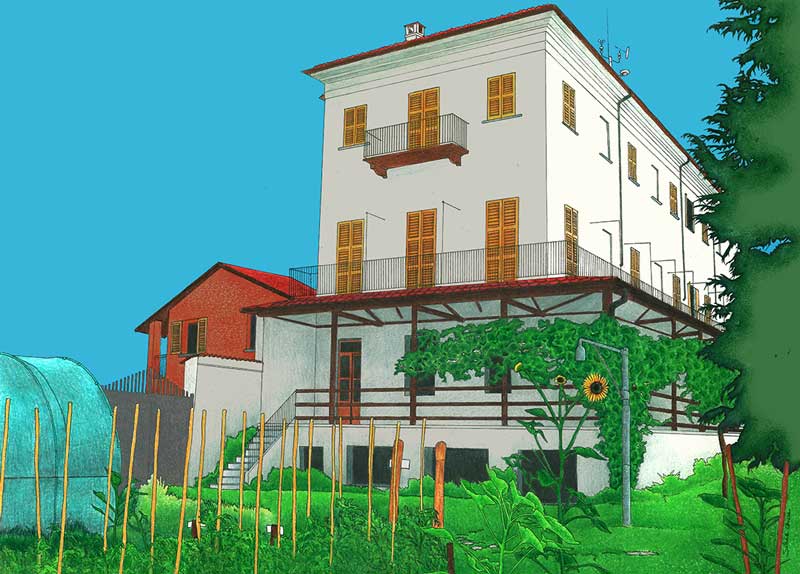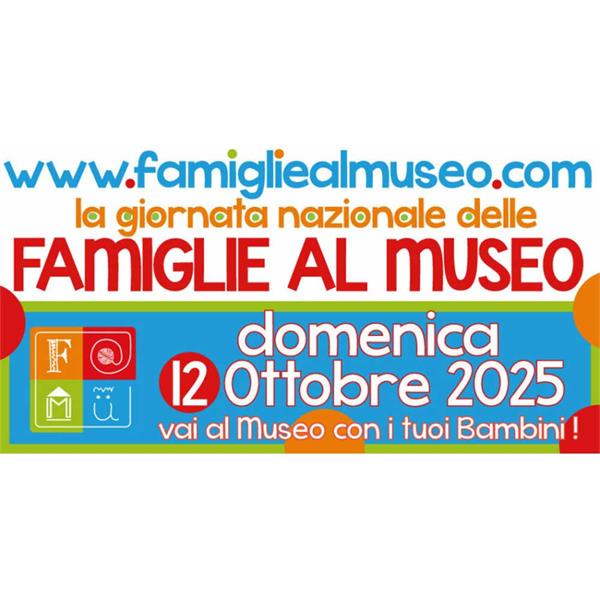Museo Civico Craveri di Storia Naturale

THE MUSEUM
The Craveri Museum is the most important Museum of Natural History in the province of Cuneo. It was set up as a private collection in the first half of the XIX century thanks to the lawyer Angelo Craveri, State Undersecretary during the reign of king Carlo Felice of Savoia.
SECTIONS
The exposition itinerary of the museum is displayed on three floors.
On the ground floor we can see the Sala Craveri, the Geology hall, and the Local Palaeontology Hall. The first floor focusses on Zoology (room of marine Invertebrates, room of Insects, room of Fish, Amphibians and Reptiles) , the room of Ornithology and the room of European Birdlife). On the second floor we can see The Room of Teneré Pre-History, the Room of the Habitats in the territory of Bra and the ancient room of birds collections. The exposition of Mammals is displayed in several rooms and along the stairs (trophies of the African Ungulates).Above the stairs we can see two display cases showing herbarium collections and a greenhouse with succulent plants in the garden.
Latest News
Christmas workshops for children at t ...
December 13th and 30th at the Craveri Museum, December 22nd and 23rd at the Traversa Museum View all NewsNational Family Day at the Museum
Sunday, October 12, 2025 View all NewsManifesta Bellezza
Special opening of 39 assets View all NewsGALLERY
Curiosity
“Did you know that the fossil of the last species of Sirenius is exhibited in the museum, similar to today's dudong, which lived in the Mediterranean about 3 million years ago?
Did you know that Federico Craveri discovered a new island in Baja California that he baptized with the name of Elide, in memory of his first tormented love?
Did you know that over 60 different species of hummingbirds are exhibited in a museum display case?
Did you know that the Craveri Museum is, after the University of Turin, the oldest Natural History Museum in Piedmont?

















